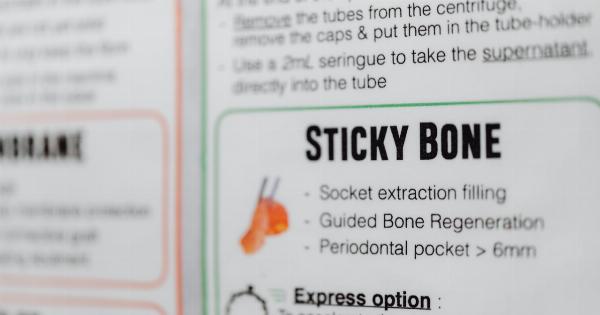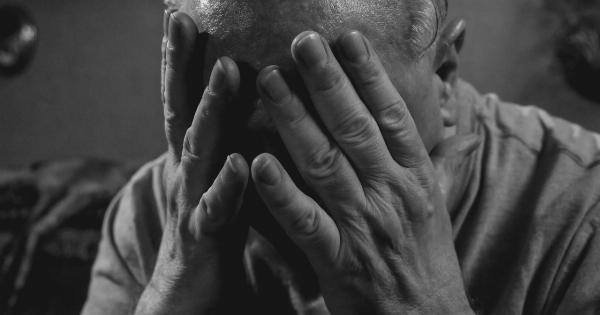As a parent, it’s natural to be concerned about your child’s development. When it comes to the development of your son’s penis, it’s important to understand what is normal and what may require medical attention.
The Different Stages of Penis Development
Penis development starts in the womb and continues throughout childhood. Here are the different stages of penis development:.
Fetal Growth
The penis begins to form during the first trimester of pregnancy. By the end of the 12th week, the penis is usually visible on an ultrasound.
The size of the penis can vary at this stage, but it usually grows to the average length of about 2.5 centimeters (cm) by the end of the first trimester.
Birth
At birth, the average length of a baby boy’s penis is about 3.5 cm. The foreskin, which covers the tip of the penis, is usually still attached at this point.
It’s important to note that some baby boys may have a slightly smaller or larger penis than the average size, but this is usually not a cause for concern.
Infancy
During the first few years of life, the penis will continue to grow, although it may not be very noticeable. By the age of one, the average length of the penis is about 4 cm.
The foreskin may still be attached, or it may have begun to separate on its own.
Puberty
During puberty, the penis will go through the most significant growth spurt. The average age for puberty to begin is around 11 years old, although it can start as early as 9 or as late as 14. During this time, the penis will grow in length and girth.
By the end of puberty, the average length of an adult penis is around 13 cm.
What is Considered Normal?
It’s important to remember that every child develops differently, and what may be normal for one child may not be normal for another. However, here are some general guidelines for what is considered normal when it comes to penis development:.
Size
At birth, the average length of a baby boy’s penis is about 3.5 cm. As mentioned earlier, some baby boys may have a slightly smaller or larger penis than the average size, but this is usually not a cause for concern.
During puberty, the average length of an adult penis is around 13 cm.
Curvature
It’s normal for a penis to have some degree of curvature, but if the curvature is severe or causes pain during an erection, it may be a sign of a condition called Peyronie’s disease.
If you’re concerned about the curvature of your son’s penis, it’s best to speak with a doctor.
Preputial Development
The foreskin, which covers the tip of the penis, should be able to be retracted by the time a boy reaches puberty. If the foreskin is still attached or cannot be retracted, this may be a sign of a condition called phimosis.
It’s important to note that the foreskin may not fully retract until the age of 17 or 18, which is considered normal.
When to Seek Medical Attention
If you’re concerned about your son’s penis development, it’s always best to speak with a doctor. Here are some signs that may indicate a need for medical attention:.
No Testicles
If your son has not developed testicles by the time he is 6 months old, this may be a cause for concern.
Delayed Puberty
If your son has not entered puberty by the age of 14, this may be a sign of an underlying health condition.
Painful Erections
If your son experiences painful erections, this may be a sign of a condition called Peyronie’s disease.
Abnormal Discharge or Odor
If your son has an abnormal discharge or odor coming from his penis, this may be a sign of a bacterial infection or a sexually transmitted infection (STI).
Conclusion
Understanding what is normal when it comes to your son’s penis development can help put your mind at ease. Remember, every child develops differently, and if you’re concerned, it’s always best to speak with a doctor.






























